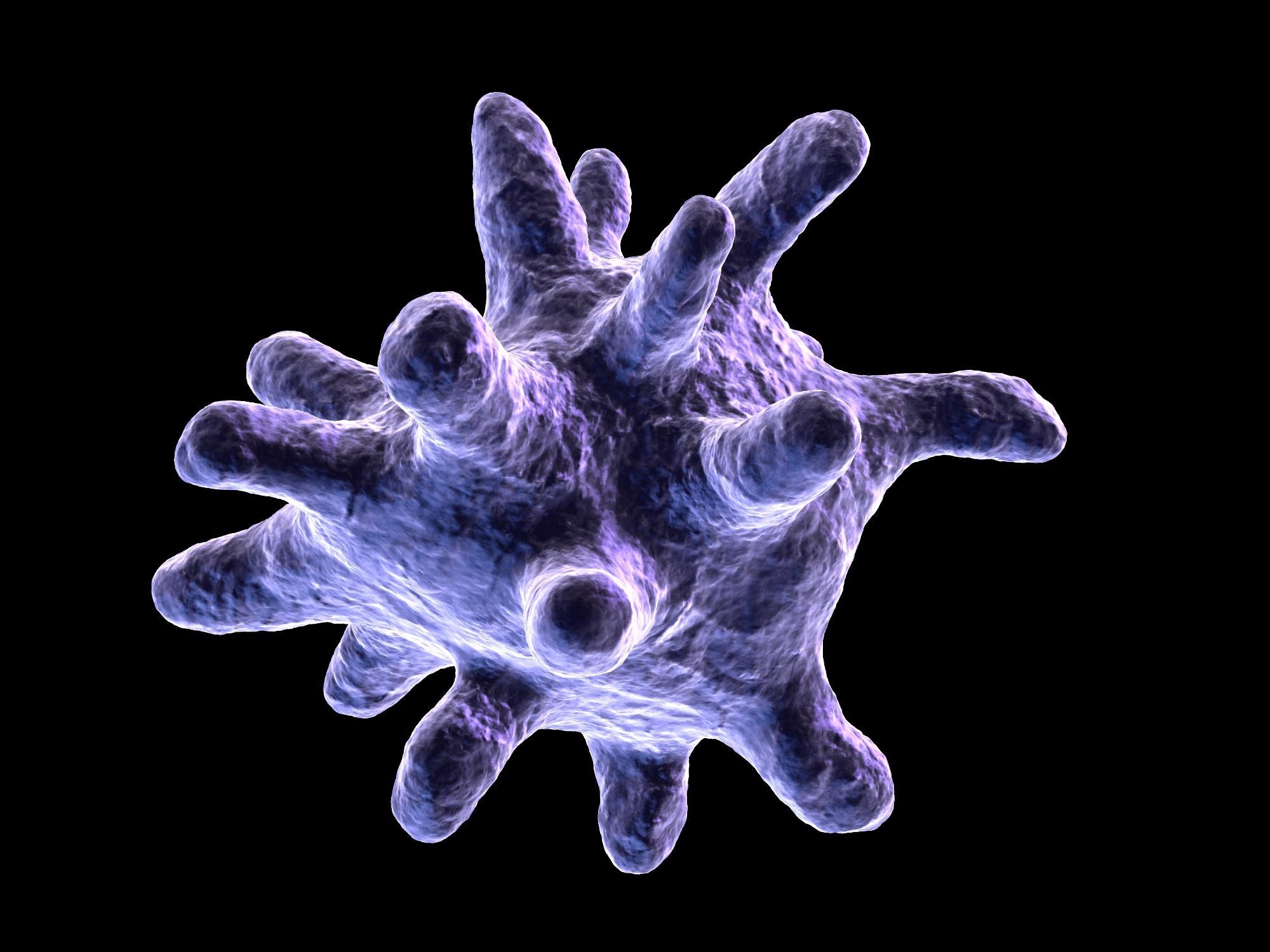Reviewed by Alex SmithSep 3 2021
The mechanism of graphyne-intracellular protein interaction for regulating the phenotype of macrophages has been unraveled by a research group headed by Professor Chunying Chen from the National Center for Nanoscience and Technology (NCNST) of the Chinese Academy of Sciences.

Image Credit: Shutterstock.com/ SciePro
The study has been reported in the Nano Letters journal.
Tumor growth, metastasis and recurrence are promoted by tumor-associated macrophage (TAM). It also induces immunosuppression. Macrophage recruitment blocking, TAM depletion and reprogramming are beneficial treatments developed based on TAMs.
Although different small molecule drugs are now utilized in clinical trials, small molecules lack the ability to target. Nanomaterials or nano drugs experience a complicated physiological environment as soon as they enter the body, interacting with the biological molecules or biological fluids that occur.
Nanomaterials that exhibit special physical and chemical properties have been developed as immunomodulators and delivery vehicles to enhance the tumor immunosuppressive microenvironment.
The so-called graphdiyne oxide (GDYO) serves as an emerging 2D carbon-network nanomaterial, providing an extensive range of applications in biomedicine, energy, catalysis and other fields. The GDYO tends to act in an uncertain way at the nano-bio interface.
The 13C isotope was used by the scientists in this study to label GDYO and quantitatively examine the interaction ratio between GDYO and intracellular proteins. A special protein corona was found to develop on the surface of GDYO in macrophages. This was found to be extremely enriched in signal transduction and the activator of transcription (STAT3) protein.
STAT3 is known to be an essential signal transduction protein and transcription factor present in cells. It is closely associated with tumor occurrence and development. Inhibition of the signal pathway of STAT3 helps inhibit tumor growth and metastasis.
GDYO inhibits the activation of STAT3 protein, thus reversing immunosuppressive M2 macrophages into pro-inflammatory M1 macrophages. This enhances the immunosuppression resulting from TAMs, increases the infiltration and activation of killer T cells and strengthens the effectiveness of PD-L1 antibodies.
In addition, the distribution and metabolism of GDYO in peritoneal macrophages and tumors following administration were examined by the researchers. They discovered that the interaction at the GDYO-STAT3 interface — caused by structure matching, hydrogen bonding and salt bridges — concurrently activates the immune response in the tumor microenvironment.
The molecular mechanism of the special strong interaction of GDYO-STAT3 has been described in this study. The study also discloses, for the first time, the interaction mechanism of the nanoparticle-protein interface in macrophages, which offers in-depth knowledge of nano-biological interface regulation of complex biology.
Journal Reference:
Guo, M., et al. (2021) The Underlying Function and Structural Organization of the Intracellular Protein Corona on Graphdiyne Oxide Nanosheet for Local Immunomodulation. Nano Letters. doi.org/10.1021/acs.nanolett.1c01048.